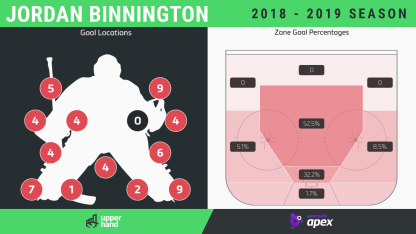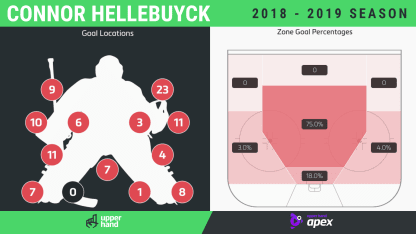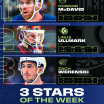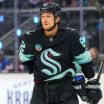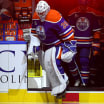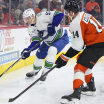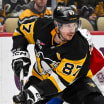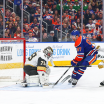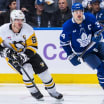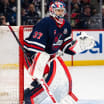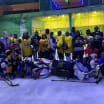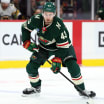High glove: One of Hellebuyck's biggest changes last season was his glove position; he previously held it unusually low, leaving him overly reliant on his elbow to make high saves. It seemed to work, with Hellebuyck near the tracked NHL average at 25 percent on mid- and high-glove goals last season, but this season he was up to 34 percent. That includes 10 of 26 clean-shot goals, when he had time to get set and square on the shooters, but there were also 15 high-glove goals that included a combination of three or four scoring attributes (such as a low-high, cross-ice pass for an against-the-grain one-timer). So though goal totals aren't enough to make any definitive conclusions about Hellebuyck's glove because they don't include shot quality or a save percentage, it will be interesting to see if the Blues target this area.
Make him move: With a big frame (6-foot-4, 207 pounds) and tight game, Hellebuyck is tough to beat in straight lines, even though he plays at a conservative depth in the crease, making it important to create lateral attacks that get him moving side to side. Lateral plays factored into 51 percent of the goals on Hellebuyck last season, 70 percent in the first two rounds of the playoffs, and 60 percent this season. In tight, a tendency to reach with the pads rather than shift can still result in Hellebuyck getting stretched out on plays across the crease, but for the most part he forces you to beat him with good shots around the edges, rather than opening holes and beating himself.
Bad angles better:Hellebuyck added reverse VH, a technique in which he drops the short-side pad to the ice to seal the post on sharp-angle attacks, over the past two seasons but isn't afraid to mix it up with other approaches. It appears to have paid off, with the bad-angle goals down from eight last season to three this season, when he allowed none from below the goal line.
Low blocker side: A tendency to turn and pull up slightly on the blocker side makes low shots more effective than high on this side and contributes to more pucks getting under that arm.

